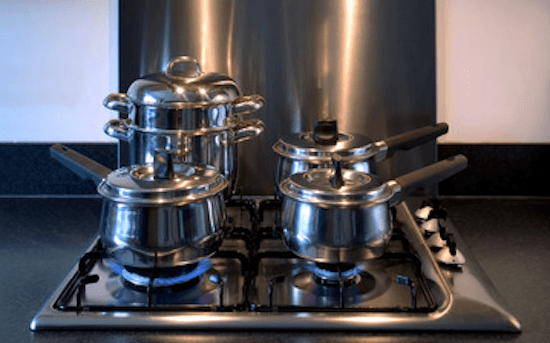
Carbon monoxide poisoning isn’t something new. It’s something that’s been a part of our daily lives for as long as we’ve used fuel sources within our homes.
Carbon monoxide is a colorless, odorless, sometimes deadly poisonous gas that is produced by the incomplete burning of fuels such as wood, coal, charcoal, oil, kerosene, propane, or natural gas. Any appliance that is powered by one of these fuel sources has the risk of malfunctioning and putting a person in danger.
But it isn’t based on the age of the appliance. It doesn’t matter if it’s newly installed in your home or if it’s operated correctly for years. What does matter is that you are aware of the potential dangers and stay active in keeping potential problems at bay. You can do this by:
Performing regular inspections on all gas producing equipment.
Installing gas appliances correctly. That means using professional contractors to ensure all safety measures are met.
How can you tell when there is a problem?
Our senses can’t pick up the warning signs that carbon monoxide is in the air. Which means the only way we can determine if carbon monoxide is present is if symptoms arise. These include:
- Headaches
- Fatigue
- Nausea
- Dizziness
- Mental confusion
- Loss or coordination
- Loss of consciousness
Of course, your best course of action is to prevent these things from happening in the first place. Install a carbon monoxide detector in your home and test it regularly to ensure it’s properly working. Keep in mind that off-the-shelf carbon monoxide detectors are designed to activate when carbon monoxide levels reach 70 parts per million, which is high enough for some side effects to already be in place. A hard wired carbon monoxide detector will trigger at just 10 parts per million, giving you more time to get to safety and correct the problem before damage begins.
When was the last time you had a safety inspection performed on your gas appliances?

